A Guide for Consumers Introduction: In today’s fast-paced world, plastic cooking utensils have become a common choice for many households due to their affordability, lightweight nature, and ease of use. However, there has been an ongoing debate regarding the safety of using plastic utensils for cooking purposes. This article aims to shed light on the subject and provide consumers with essential tips to ensure the safe usage of plastic cooking utensils. 1. Choose BPA-Free Utensils: Bisphenol A (BPA) is a chemical compound found in certain plastics, including some cooking utensils, and has been associated with potential health risks. To ensure safety, opt for BPA-free utensils that are labeled as such.

.
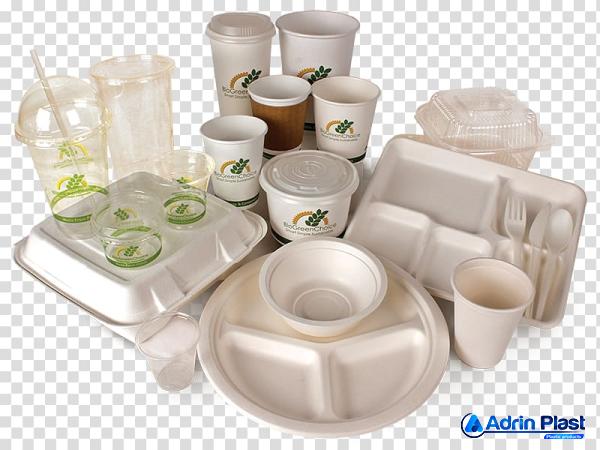 These utensils are made from materials that do not contain BPA and are generally considered to be safer for food preparation. 2. Look for FDA Approval: The United States Food and Drug Administration (FDA) extensively regulates the manufacture and sale of plastic products, including cooking utensils. When purchasing plastic cooking utensils, ensure that they have FDA approval or comply with FDA guidelines. This approval is an assurance that the utensils are safe for food contact and meet specific safety standards. 3. Consider Heat Resistance: Plastic cooking utensils can melt or leach harmful chemicals into food at high temperatures. Hence, it is crucial to choose utensils that are specifically designed to withstand heat. Look for utensils that are heat-resistant up to a certain temperature, commonly indicated on the packaging.
These utensils are made from materials that do not contain BPA and are generally considered to be safer for food preparation. 2. Look for FDA Approval: The United States Food and Drug Administration (FDA) extensively regulates the manufacture and sale of plastic products, including cooking utensils. When purchasing plastic cooking utensils, ensure that they have FDA approval or comply with FDA guidelines. This approval is an assurance that the utensils are safe for food contact and meet specific safety standards. 3. Consider Heat Resistance: Plastic cooking utensils can melt or leach harmful chemicals into food at high temperatures. Hence, it is crucial to choose utensils that are specifically designed to withstand heat. Look for utensils that are heat-resistant up to a certain temperature, commonly indicated on the packaging.
..
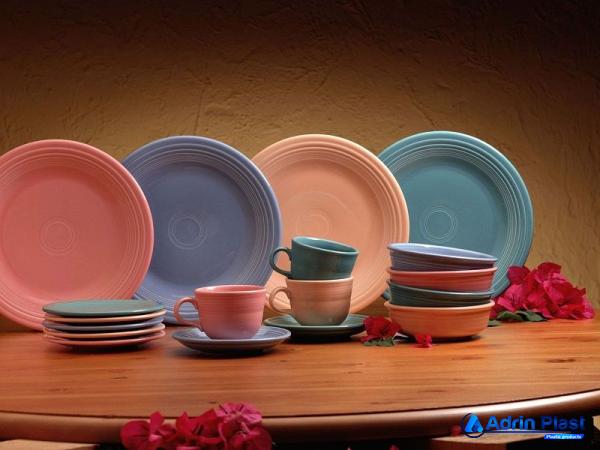 This ensures that the utensils can withstand the heat generated during cooking without compromising their integrity. 4. Avoid Scratched or Damaged Utensils: Over time, plastic utensils may develop scratches, cracks, or other forms of damage. This can potentially harbor bacteria and facilitate the leaching of harmful substances during food preparation. It is advisable to regularly inspect plastic utensils for any signs of wear and tear and replace them when necessary. Using intact and undamaged utensils helps minimize the risks associated with using plastic in the kitchen. 5. Hand Wash Instead of Dishwasher: While most plastic cooking utensils are labeled as dishwasher-safe, repeated exposure to high temperatures and harsh detergents can accelerate their degradation. To extend the lifespan of your plastic utensils and ensure their safety, it is recommended to hand wash them using mild dish soap and warm water. Additionally, avoid using abrasive scrubbers that can scratch the surface of the utensils.
This ensures that the utensils can withstand the heat generated during cooking without compromising their integrity. 4. Avoid Scratched or Damaged Utensils: Over time, plastic utensils may develop scratches, cracks, or other forms of damage. This can potentially harbor bacteria and facilitate the leaching of harmful substances during food preparation. It is advisable to regularly inspect plastic utensils for any signs of wear and tear and replace them when necessary. Using intact and undamaged utensils helps minimize the risks associated with using plastic in the kitchen. 5. Hand Wash Instead of Dishwasher: While most plastic cooking utensils are labeled as dishwasher-safe, repeated exposure to high temperatures and harsh detergents can accelerate their degradation. To extend the lifespan of your plastic utensils and ensure their safety, it is recommended to hand wash them using mild dish soap and warm water. Additionally, avoid using abrasive scrubbers that can scratch the surface of the utensils.
…
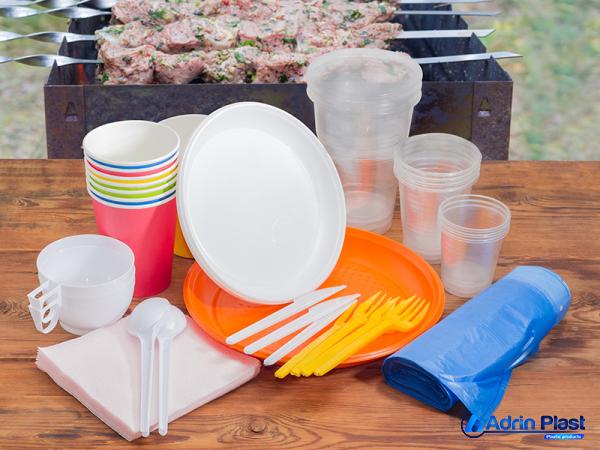 Conclusion: Plastic cooking utensils can be a convenient and practical option in the kitchen, but it is essential to prioritize safety when using them. By selecting BPA-free utensils, checking for FDA approval, considering heat resistance, avoiding damaged utensils, and opting for hand washing, consumers can minimize potential risks associated with plastic cooking utensils. Ultimately, responsible usage and regular maintenance are key to enjoying the convenience of plastic utensils while prioritizing safety in the kitchen.As more research is conducted on the safety of plastic cooking utensils, it is important for consumers to stay informed and updated on the latest findings. It is recommended to explore alternative options such as stainless steel or silicone utensils, which are known to be safe and durable. Additionally, it is worth noting that not all plastic utensils are created equal. Cheaper, low-quality plastics may pose a higher risk to food safety compared to higher-quality, food-grade plastics.
Conclusion: Plastic cooking utensils can be a convenient and practical option in the kitchen, but it is essential to prioritize safety when using them. By selecting BPA-free utensils, checking for FDA approval, considering heat resistance, avoiding damaged utensils, and opting for hand washing, consumers can minimize potential risks associated with plastic cooking utensils. Ultimately, responsible usage and regular maintenance are key to enjoying the convenience of plastic utensils while prioritizing safety in the kitchen.As more research is conducted on the safety of plastic cooking utensils, it is important for consumers to stay informed and updated on the latest findings. It is recommended to explore alternative options such as stainless steel or silicone utensils, which are known to be safe and durable. Additionally, it is worth noting that not all plastic utensils are created equal. Cheaper, low-quality plastics may pose a higher risk to food safety compared to higher-quality, food-grade plastics.


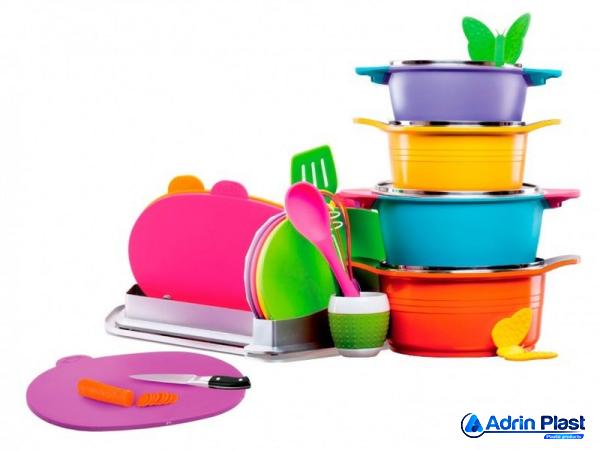

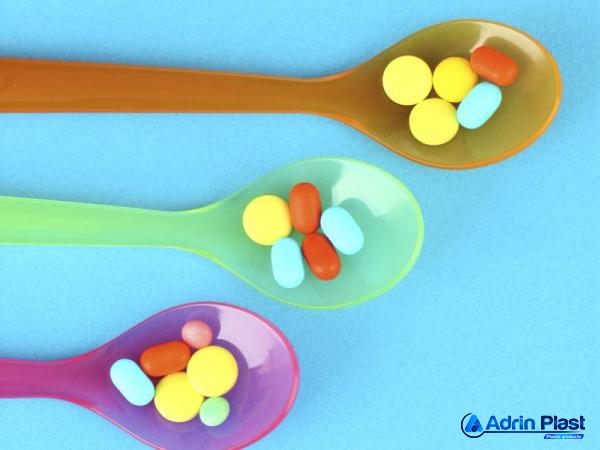
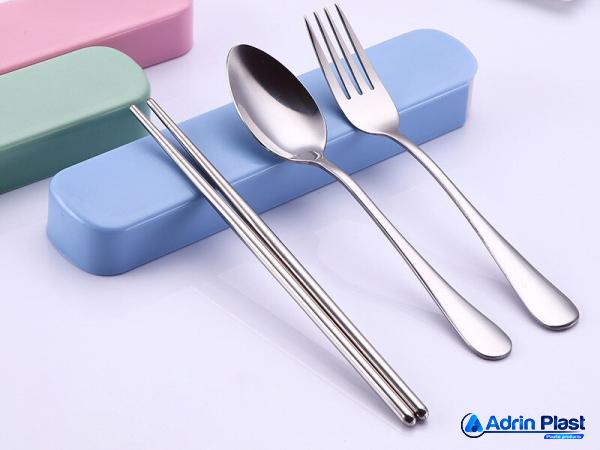
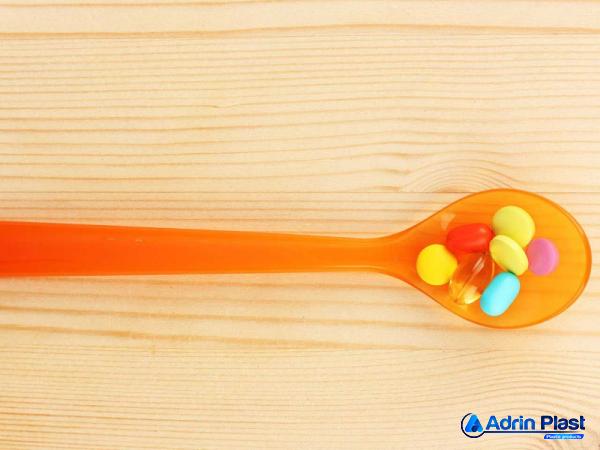
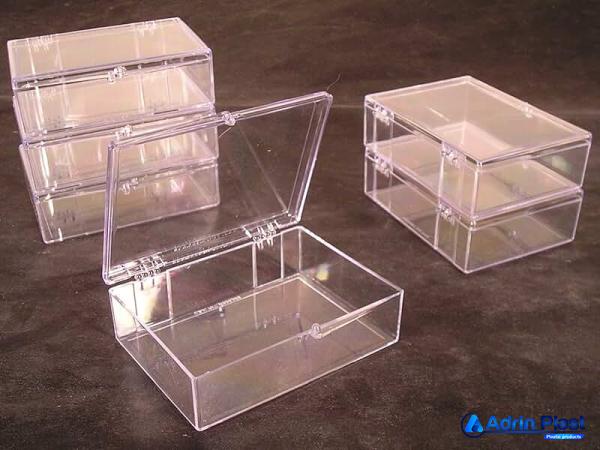
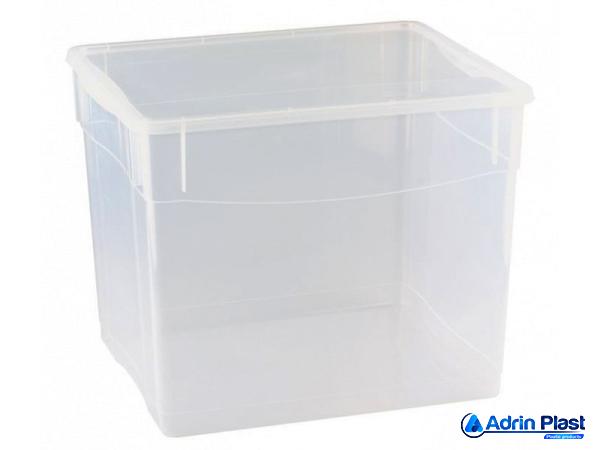
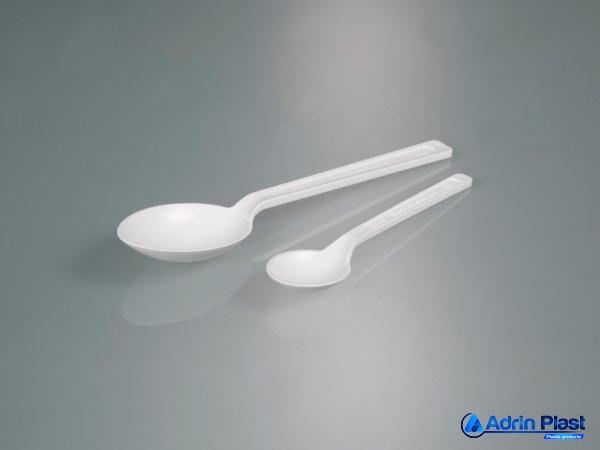
Your comment submitted.